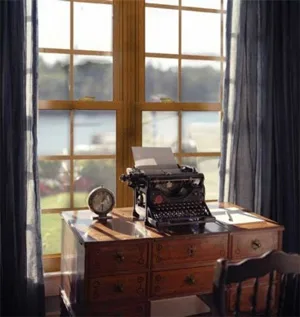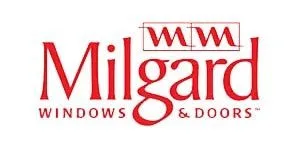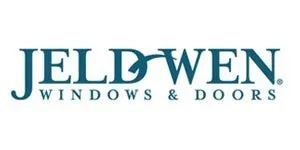When most people think of windows, they picture a few pieces of glass in the wall that open and close; giving very little thought to the science that goes into modern glazing. At New Windows for America, innovation has reached new levels. Literally.

Very few windows are designed for the rigors that housing in the Mile High City faces on a regular basis. The VinylMax™ Newton and Edison designs have been scientifically engineered for high altitudes in ways that would make their namesakes proud.
For some time, the insertion of argon gas in double paned windows has increased their insulation factor significantly. The denser-than-air material reduces radiant thermal transfer; the escaping of heat or cold through the glass. With argon, krypton, or other gases, the windows are vastly more energy efficient. Unfortunately, many less-costly windows are manufactured in low altitude factories and then shipped to higher elevations. Over time, as the sealant breaks down with cold and sun, the lower outside air pressure air will draw the argon gas out resulting in a less efficient window.
However, with the Newton and Edison windows, this has been taken into account. Their Vinyl welded seam and multi-chambered “I” Beam construction coupled with double strength dual paned glass keeps the frame rigid and the sealant from flexing during opening and closing. Additionally, both designs incorporate two options for between-pane spacers. The Intercept spacer provides steel reinforcement to support the structural design of the window, however the Super Spacer upgrade replaces the metal with a rigid foam. As an added bonus, the Newton and Edison designs utilize specialized IdealSeal™ and EdiSeal™ to eliminate leaks around the edges of the window and sash as time and settling disfigure the window frame. The IdealSeal incorporates triple Mylar fins and a foam filled bulb to provide extra protection. The EdiSeal uses a similar concept for the sash, where the IdealSeal is focused around the window edge itself. The additional weather stripping of both designs creates an interlocking seal to keep the elements out and making both windows a smart purchase.
Although there are a few more similarities between the two, it’s important to note a few differences. The Edison is a great all-around, multi-use window that is priced to compete with other styles. The Newton, on the other hand, is miles ahead of the rest. Not only does it slide like most in-wall windows, but it also has a tilt-to-clean feature with die-cast locks that control slide as well as tilt. No unsightly tilt locks here. Its low-pressure tilt pivots are designed for long lasting durability and whisper quiet function. Finally, “positive-pressure” pulls the window tight when not tilted for better energy efficiency. These design feature shoot the Vinylmax™ Newton right to the top of the list.
With the Edison and the Newton designs, Vinylmax™ has truly developed windows that can survive in both the harsh winters and hot summers of the Mile High City. Their rugged design, argon insulation, and Intelliglass construction make them top choices even without the other great improvements in energy efficiency and convenience. They are truly innovative windows that deserve their names.
Working with New Windows for America is always “A Better Way to Buy Windows”



